UNDER THE SURFACE | Can ‘cross-country’ blends ever be considered fine wines?
A new top-end cuvée, blending Syrah from the Rhône with Shiraz from Australia, has been warmly received by the world’s top critics. But where do such wines leave the venerated concept of terroir, asks Guy Woodward
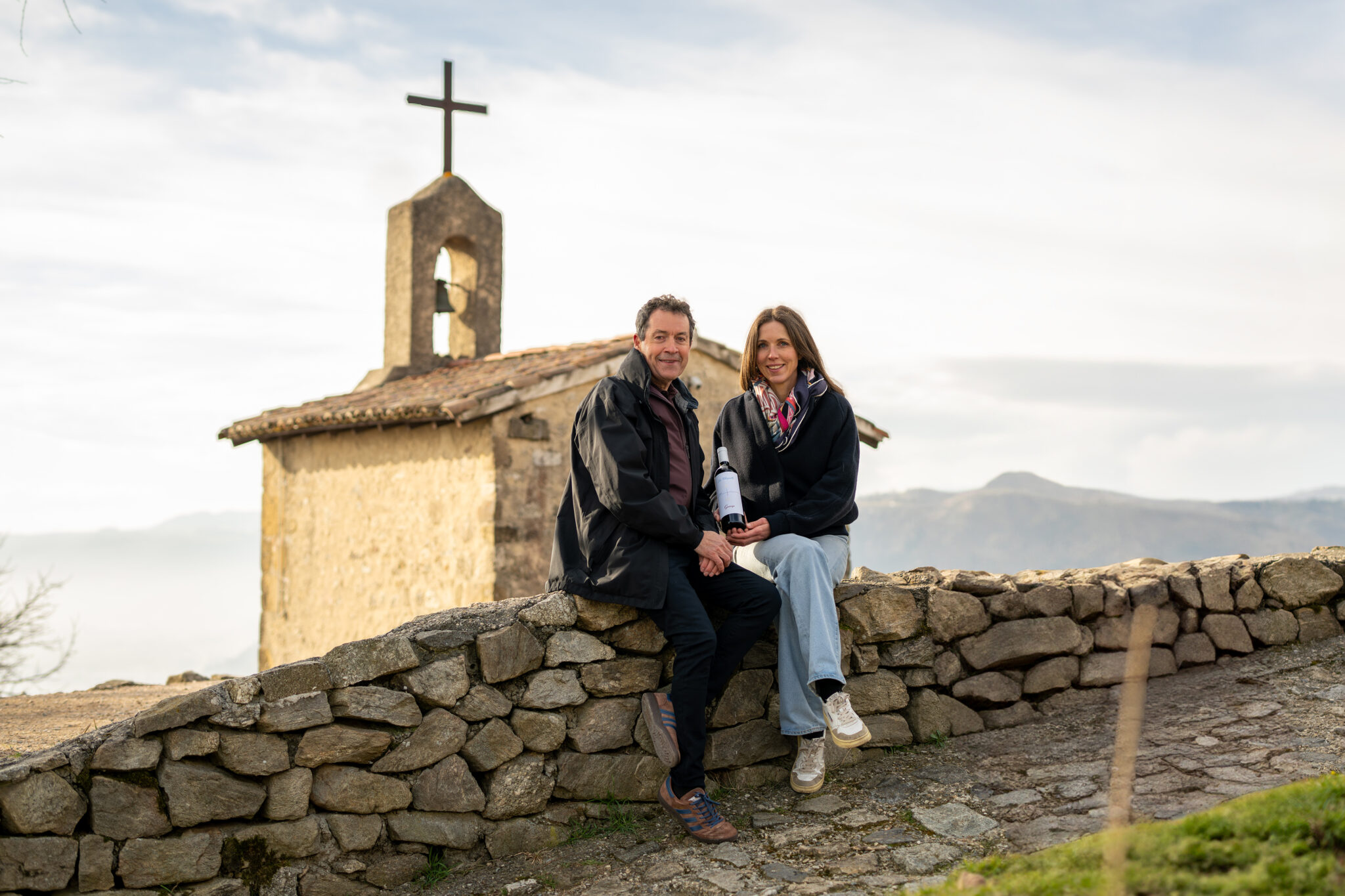
Last month in Paris, amid great fanfare and no little fandom, a wine with no prior heritage, and with no mention of its region of origin on the label, was launched at a lavish dinner in the French capital. Its price? €2,500 a bottle.
The cuvée in question was Grange La Chapelle, a cross-country blend marrying Jaboulet’s celebrated Hermitage La Chapelle with the Shiraz element of the equally renowned Penfolds Grange. While the conception itself was relatively straightforward – a politically expedient 50:50 split – its gestation was anything but. In order to be sold legally in the EU, the wine had to be blended in Australia, rather than France, meaning the Rhône Syrah was airfreighted to Australia in a temperature-controlled, custom-made stainless steel container for its consummation with Penfolds’ Barossa, Clare Valley and McLaren Vale Shiraz, before being shipped back in bottle.
‘We need to adapt for consumers and make wines more accessible, which international blends can
MAXIME CHAPOUTIER
help to do’
Such logistical – not to mention environmental – issues were seemingly not uppermost in the minds of the critics who attended the glitzy launch, where the cuvée was suitably well received. Veteran Australian authority Matthew Jukes lauded the project as the most exciting joint venture of his career. ‘What I find compelling is that the weld between the two vehicles is invisible,’ he wrote on his website. ‘Neither seeks to dominate, and neither seeks to be a “starter” or “finisher” on the palate. Instead, the wines are perfectly intertwined… Grange’s musculature is tempered by La Chapelle’s profound minerality and silkiness, and the finished wine is gloriously aromatic, plush and infinitely layered.’
Other critics were equally enthusiastic. And while cynics questioned the price, the diplomatic 50-50 blend, and the unspecified production numbers (even Jukes admitted it would be easy to dismiss the exercise as an attention-seeking stunt), the main talking point was of the concept itself, and a more philosophical question. Can a wine blended from two different countries – continents, even – stand as a fine wine, when it so obviously negates the very quality that wine lovers hold most dear – terroir?
Grange, it should be pointed out, is not itself a terroir-driven wine, being a blend of grape varieties drawn from an ever-evolving range of sites. La Chapelle, by contrast, is the epitome of terroir, drawn solely from the famous hill of Hermitage. On first glance, then, it would seem a strange marriage. Yet there is a consensus that terroir isn’t everything in fine wine.
‘Part of the reason I love wine is for its diversity,’ says Master of Wine Richard Bampfield. ‘I also love innovation, so idealistically, I have no problem with this. Ultimately, I just love great wine, irrespective of where it comes from.’
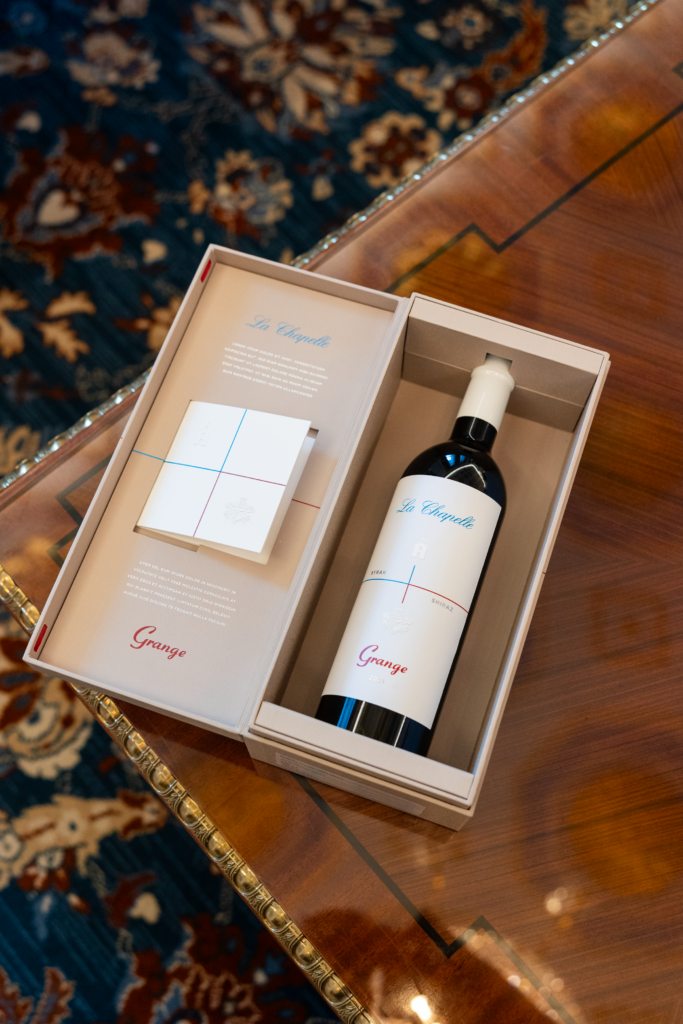

Grange La Chapelle is not the first cross-country blend from Penfolds, which has previously blended South Australian Shiraz with Napa Cabernet, as well as South Australian Cabernet with Bordeaux Merlot. Penfolds refers to such cuvées as ‘Wines of the World’ and says that they ‘possess an otherness that can best be described as worldly’ – a far from technical term that you won’t find in any Wine & Spirit Education Trust textbook.
That arch provocateur Michel Rolland went so far as to blend wines from five different countries for his £600 Pangaea ‘Wine of the World’, calling the logistics of the undertaking ‘horrendous’. Lower down the chain, the UK’s venerable Wine Society commissioned Rhône stalwart Chapoutier to make two Rhône-Aussie blends as part of its Generation Series of wines released to commemorate the retailer’s 150th anniversary. The Hemispheres White and Hemispheres Red are part of a range intended to throw a spotlight on wines of the future, and are, it said, ‘two of the most innovative wines in our history’. Syrah from Roussillon and the northern Rhône blended with Shiraz from Heathcote in Victoria ‘marry Aussie exuberance with French refinement’, read the tasting note for the red.


Pierre Mansour, The Wine Society’s head of wine, admitted that, ‘When we approached Chapoutier, we thought they might say “Are you mad, how dare you insult us.” But they were really enthusiastic.’ Part of that enthusiasm, it seems, was born out of a desire to shake things up a little. ‘There would likely be outrage about these wines in France, and that would be a good thing,’ Maxime Chapoutier told The Times. ‘Sometimes you need to be provocative to drive change.’
The family domaine is among the Rhône’s most famous names, and has been making wine for more than 200 years – ‘very terroir driven, and biodynamic,’ Chapoutier added. ‘But more and more people are turning their back on French wines because they don’t understand the complicated appellation rules. We need to adapt for consumers and make wines more accessible, which international blends can help to do.’
Because the wines were blended in France, they remain illegal in Chapoutier’s homeland, and the rest of the EU, under laws banning the mixing of EU and non-EU fruits. Given the wines were made exclusively for sale by The Wine Society in the UK, this was not such an issue, and Chapoutier points out that shipping the Australian component to France in bulk for blending there was more environmentally friendly, as it eliminated the weight of the glass bottles.
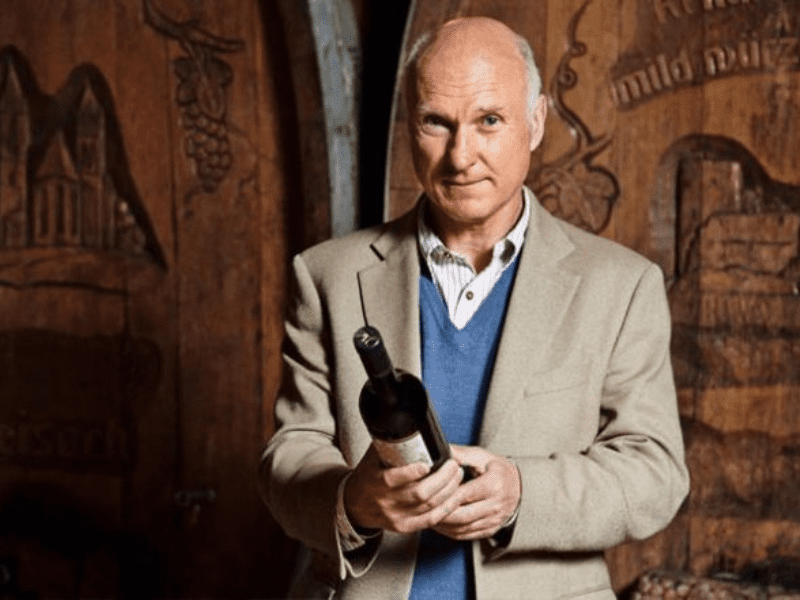

Not everyone is convinced by the overall concept, however. Wine commentator Peter Richards MW told the BBC of his concern that such projects are about ‘creating novelty for novelty’s sake’, while fellow Master of Wine David Gleave, chairman of importer Liberty Wines, argued that, from a commercial perspective, the market was too niche for such blends to take off. ‘Without even considering taste, the logistics would be a nightmare — shipping wine from one continent to another, then to the UK, which is a small market.’
Wine writer Jamie Goode was more positive, describing the innovation as ‘actually quite a fun idea’. ‘Not all wines have to be terroir wines,’ he argued. ‘If the wines are well made, from good vineyard sites, and not simply a gimmick blending together cheap bulk wines and then slapping on a huge margin, then this is quite interesting.’
There are also practical arguments in favour of such experimentation, says fellow critic Jane MacQuitty. ‘Given the increasing threat of climate change, innovation in the wine world has to be a good thing,’ she wrote. ‘If the blend has been judiciously done, the price is right and the sum is greater than the parts, there really is no need for anyone to get their knickers in a twist.’


And while the price of Grange La Chapelle will most certainly not be right to some, Bampfield points out that this sort of limited-edition collaboration, showcasing the skill and artistry of its creators, is an approach that is regularly harnessed by the fashion and jewellery worlds, often at far more extravagant prices. Such enterprises also allow winemakers freedom they might otherwise never enjoy, their contribution often overshadowed by that of the all-important vineyard.
‘I can imagine, for a winemaker, making the same wine from the same plot and the same grapes, year after year might be intellectually stimulating, but it might also be a bit boring,’ says Bampfield. ‘I’m sure many of them wonder what they could do with some different source material.’
It seems inevitable that we’ll see more of such wines in the future. There are several companies, for instance, with a foot in both Burgundy and Oregon. Could a transatlantic Pinot Noir be the next big thing? ‘For some reason, I can’t imagine anyone doing it with Pinot,’ says Bampfield. ‘I don’t know why – but a Bordeaux-Napa Cabernet Sauvignon makes more sense. Pinot just feels wrong.’ Some things, it seems, are still sacred…
Not a 67 Pall Mall Member? Sign up to receive a monthly edit of The Back Label by filling out your details below
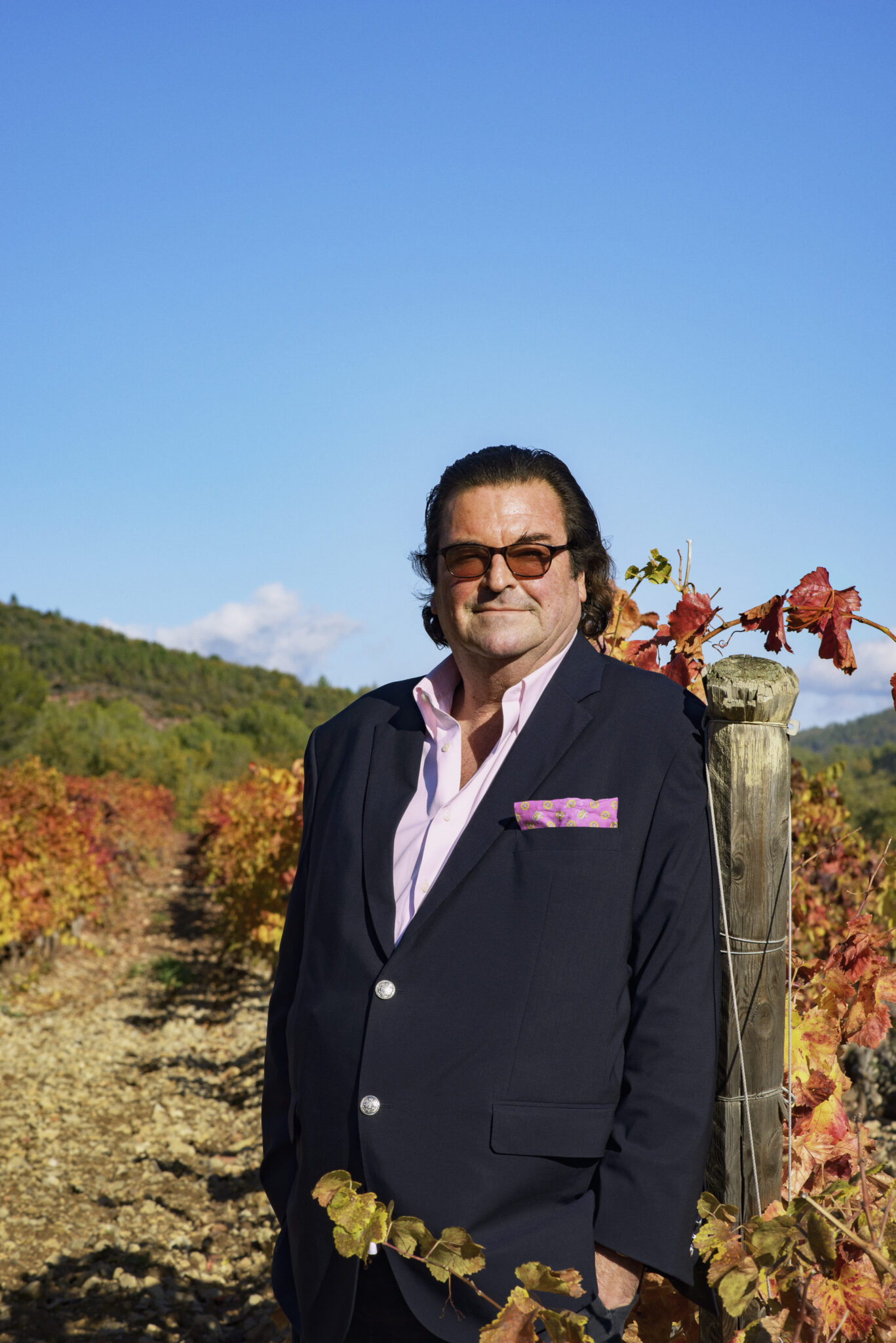

WHAT
I’VE
LEARNED
Sacha Lichine, Château d’Esclans
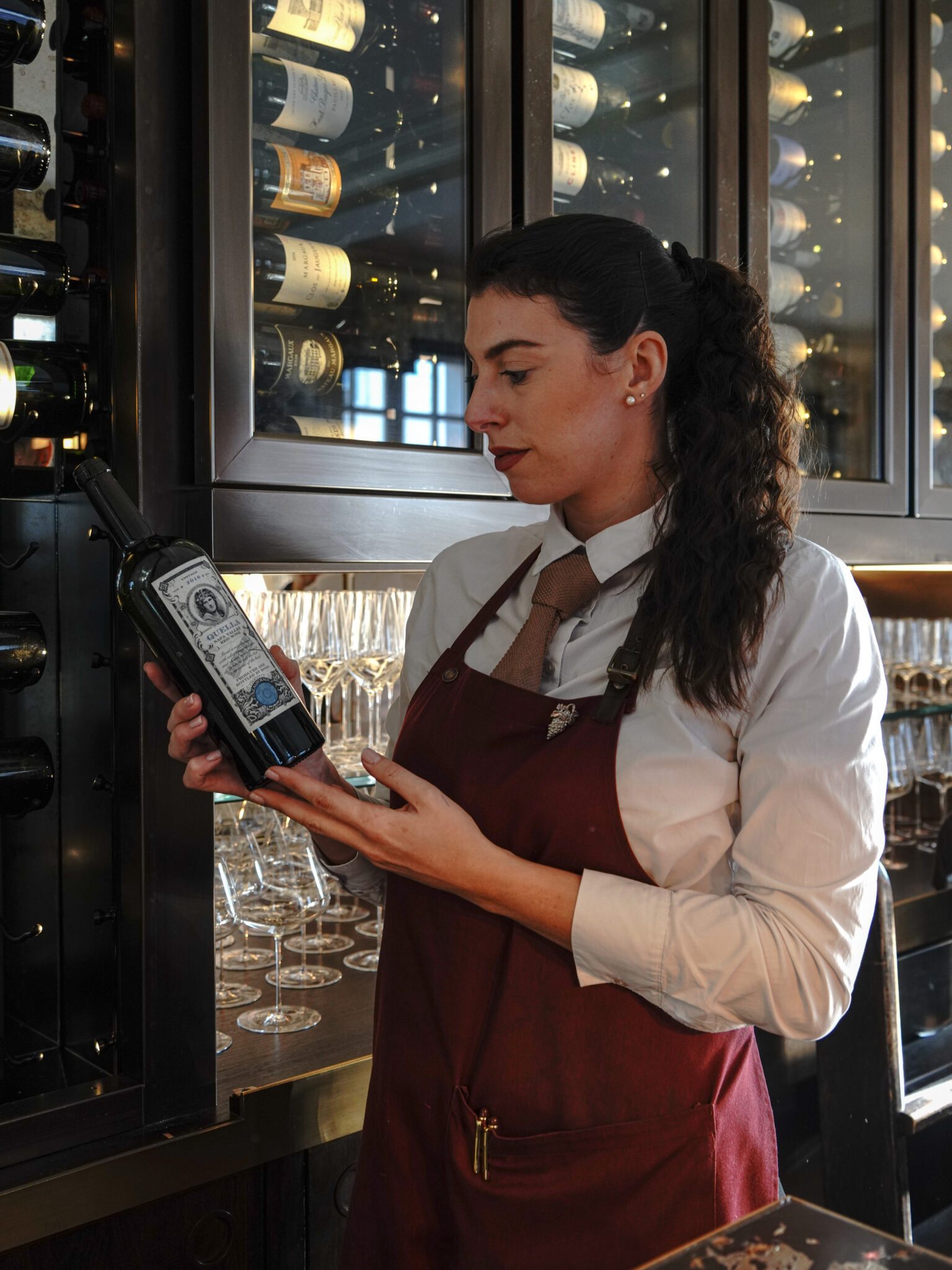

ON
THE
LIST
Mariachiara Faccin
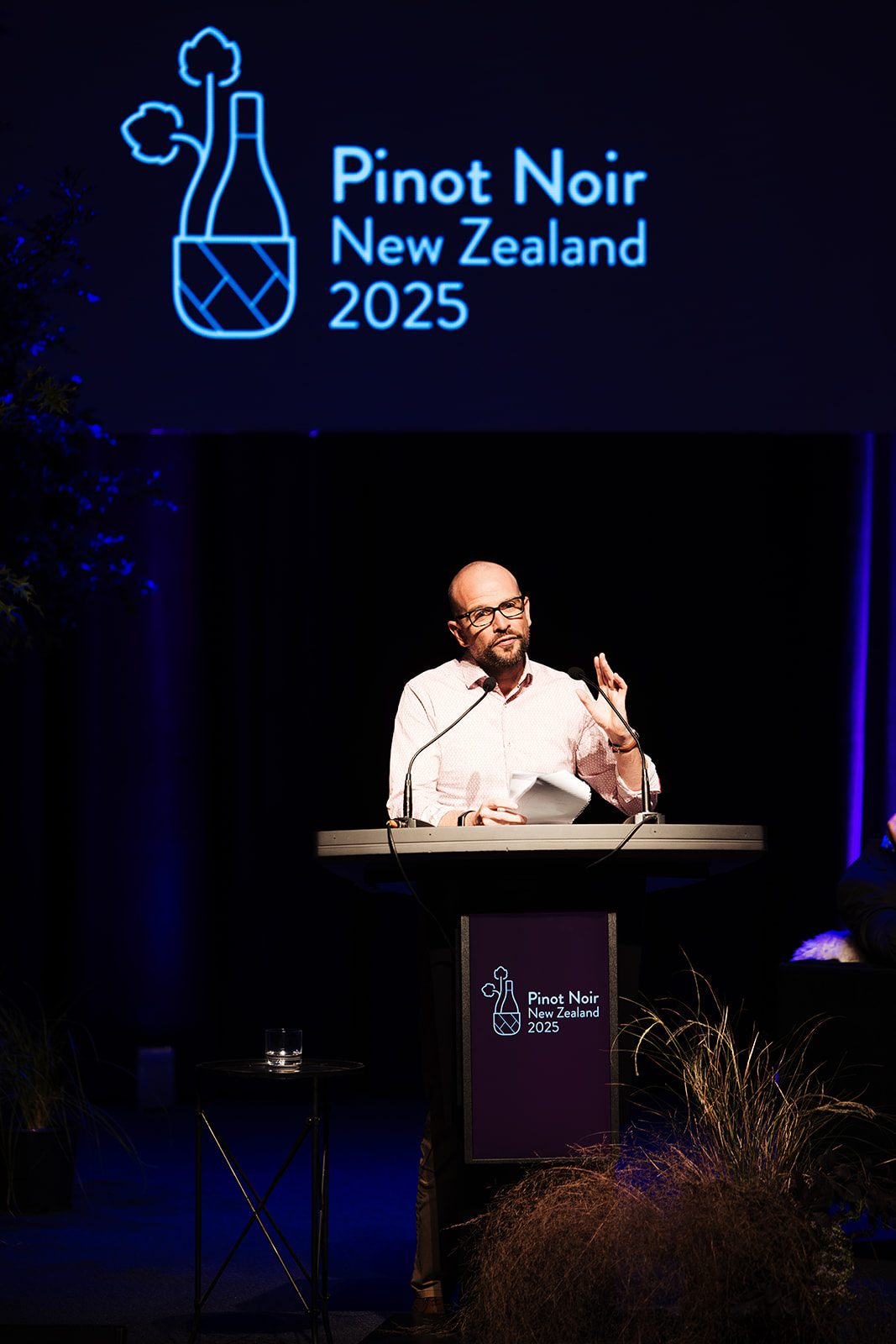

ON
THE
ROAD
Richard Hemming MW in New Zealand
